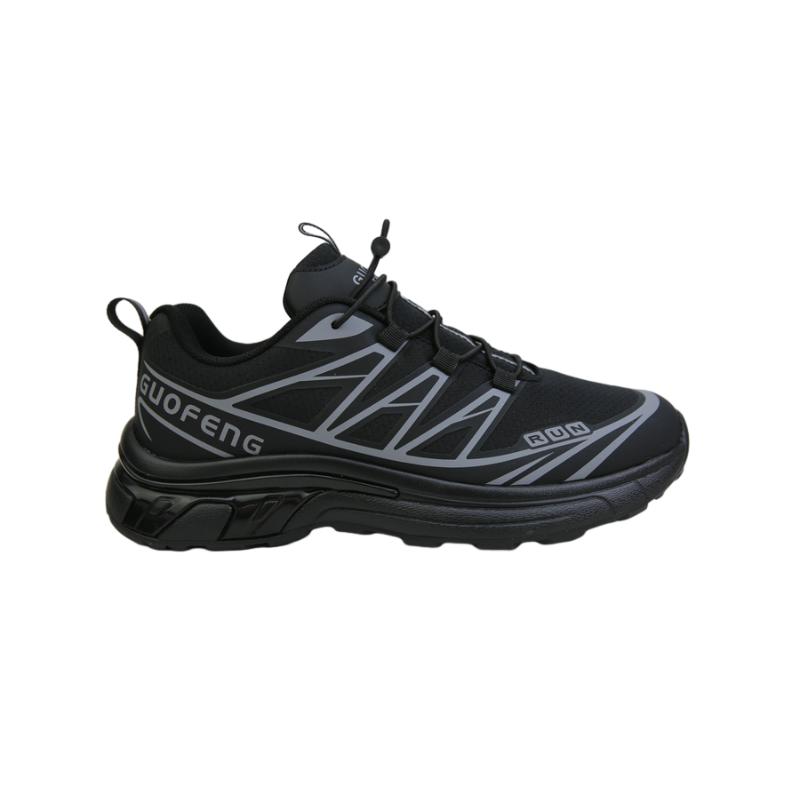Durability is another key aspect. Check for reinforced seams, double-layered knees, and sturdy material to withstand the rigors of outdoor activities. A D-ring attachment point for landing nets or other accessories is also a useful feature to look out for.



